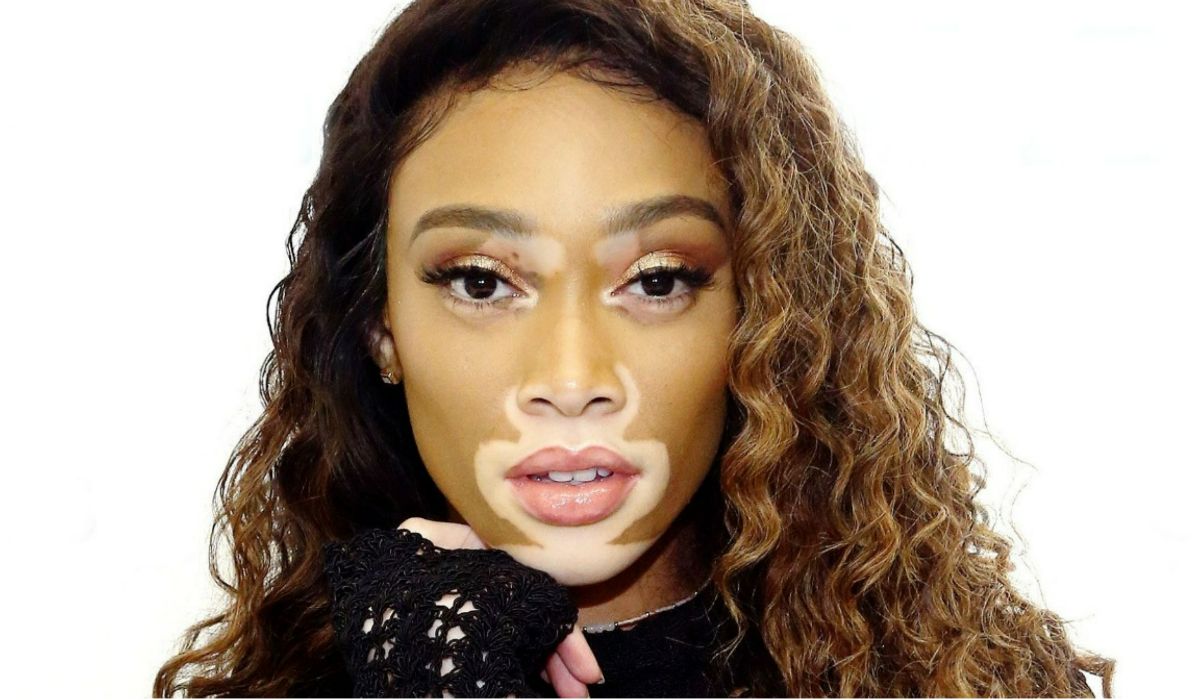World Vitiligo Day 2022: Vitiligo, also known as ‘leucoderma’ or ‘white leprosy’, is an autoimmune disorder in which the body’s immune system attacks healthy cells that produce pigment, causing tissue damage. Melanocytes are the cells that produce the skin pigment melanin, which gives your skin its color; When melanocytes die, white patches appear.
Every year, more than 1 lakh cases of vitiligo are reported in India. Vitiligo can occur at any age, but it is more common before the age of 30. There are many different types of this. Some people have these white spots on one part of the body. At the same time, in some patients, these spots gradually spread throughout the body. There are many assumptions about this, which cause vitiligo patients to experience mental stress.
Myth 1: Eating fish and milk together causes a skin reaction
No, that’s not true at all. There is no study about this, which combines the white spot on the body and the fish-milk with each other. Experts say it is an autoimmune disorder, not affected by the food mix. Autoimmunity is a condition in which the body’s immune system begins to attack the body’s healthy cells.
# Myth 2: Vitiligo is spread by just touching
No research has been done on this. According to experts, vitiligo is not contagious. In such a case, the disease is not spread by the touch, eating, drinking, blood or sex of the affected patients.
Myth 3: Excessive soap use causes white spots
It is believed that excessive soap use causes white spots. However, this notion is completely false and a myth. As mentioned, vitiligo is an autoimmune disease. It does not contain any external elements.
Myth 4: Vitiligo is the cause of all white patches
No, not all white patches are caused by vitiligo. There is an extensive list of all white spot disorders. Nevus, post-burns, leprosy, tiny versicolor (fungal infections) and other factors can cause white spots.
# Myth 5: Vitiligo is difficult to diagnose
Vitiligo is a relatively simple clinical diagnosis. Diagnosis is based on the typical distribution pattern of skin lesions, which are hypopigmented, non-scaly, chalky white macules with distinct margins.
